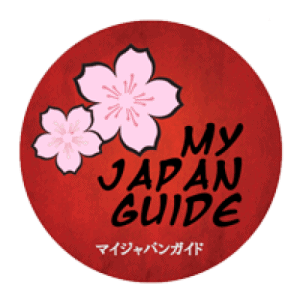Japan spring flowers are an explosion of colors and for those who miss the chance to see the famous Sakura in the cherry season, don’t feel to sad about it!, the Shibazakura Festival -富士芝桜まつり- (Moss Phlox or Moss Pink) season is here, with a 1 ½ month long celebration that usually starts mid-April and finishes at the end of May.
Shibazakura in Japanese literally means “cherry lawn” which refers to the pink carpet created by blooming moss phlox. The plant, native to North America is now cultivated at many places in Japan.
There are plenty of well renowned Shibazakura Matsuri (festival) in Japan, but the most popular Shibazakura festival is held near Lake Motosu at the foot of Mount Fuji, called “Fuji Shibazakura Matsuri” which boasts a total of over 800,000 shibazakura flowers, filling a 2.4 hectare area and spreading out like a brilliant pink carpet, with Mount Fuji in the background.
You will never forget this scenery.
Contact us for more information.

